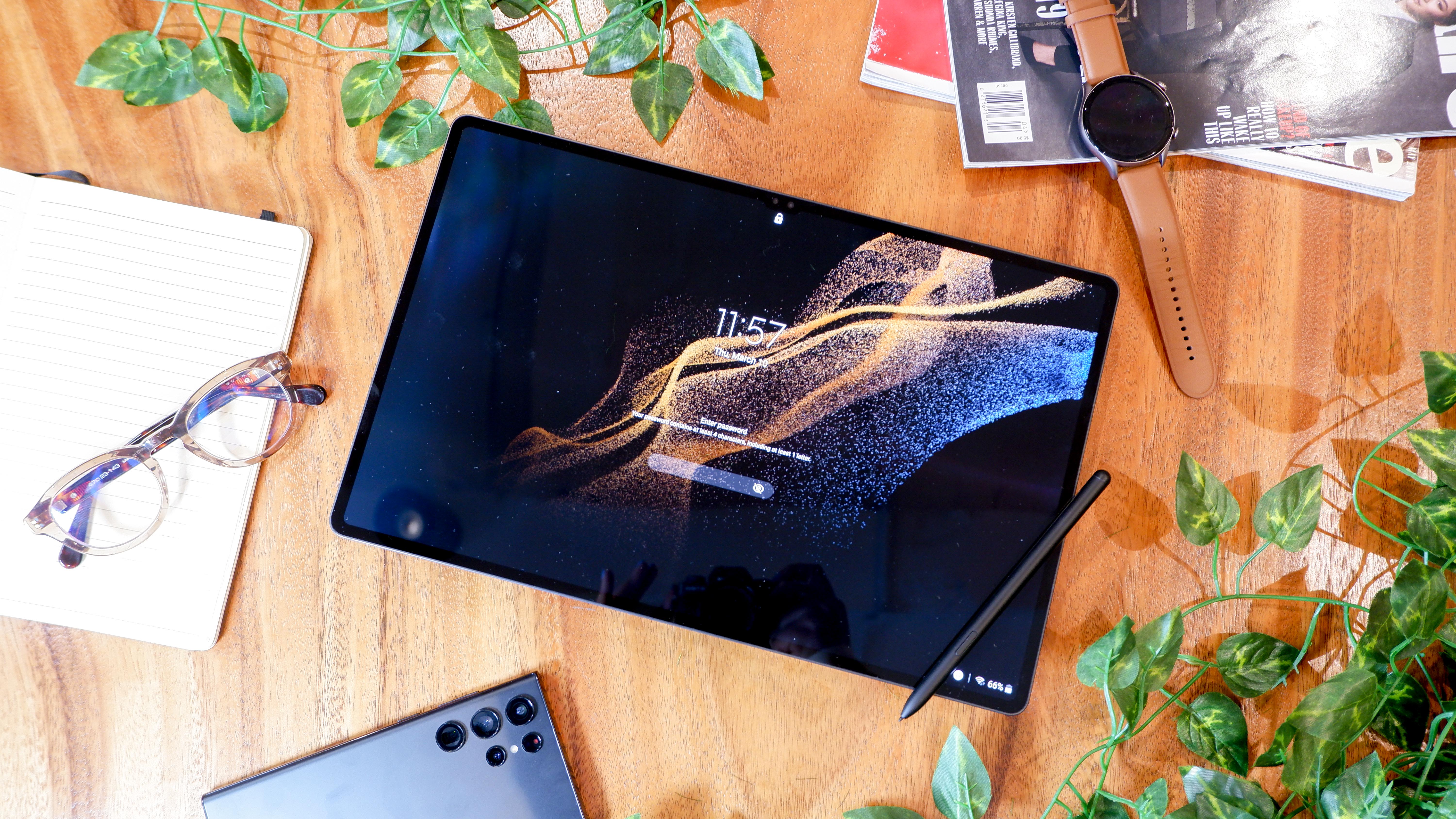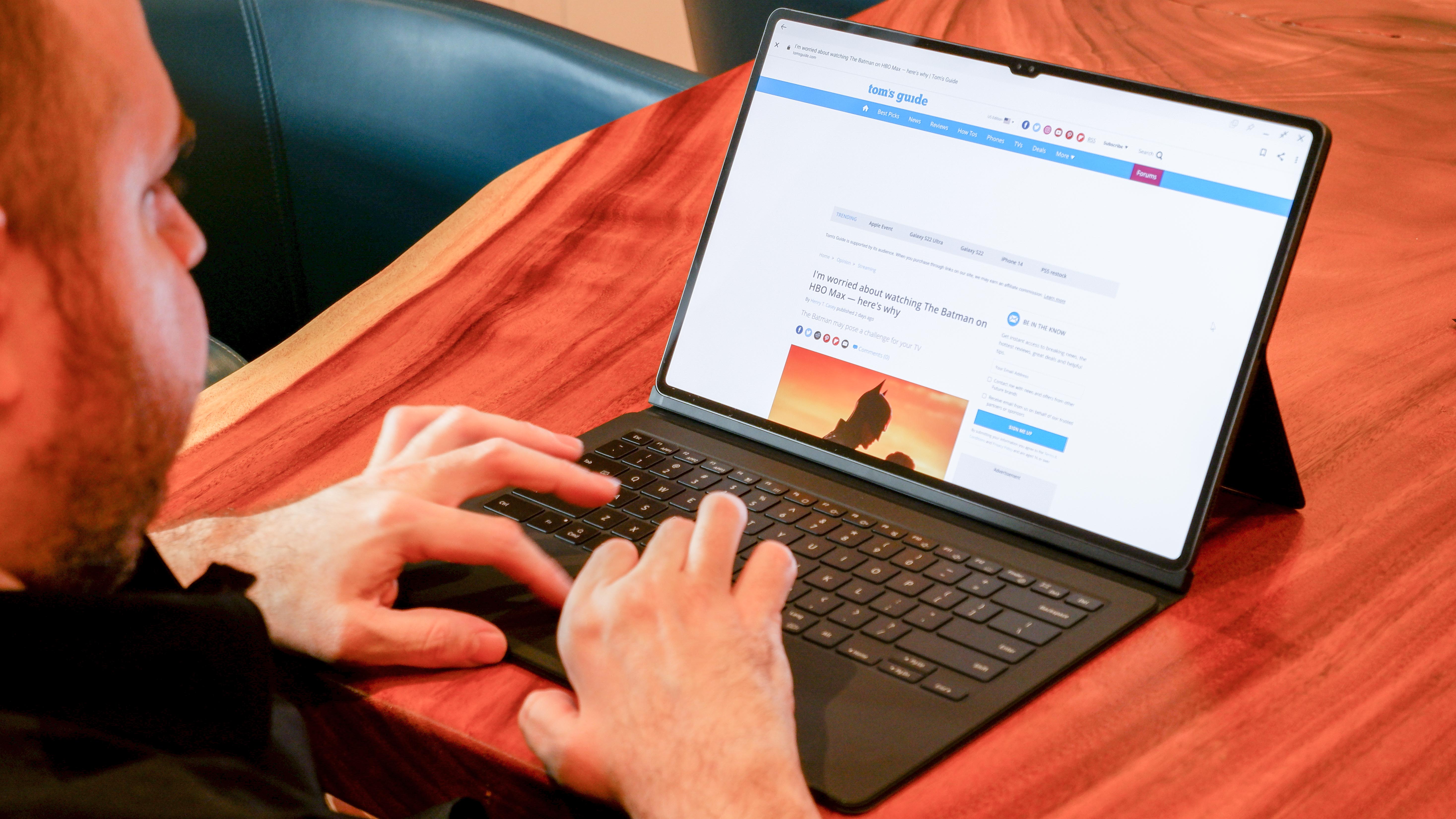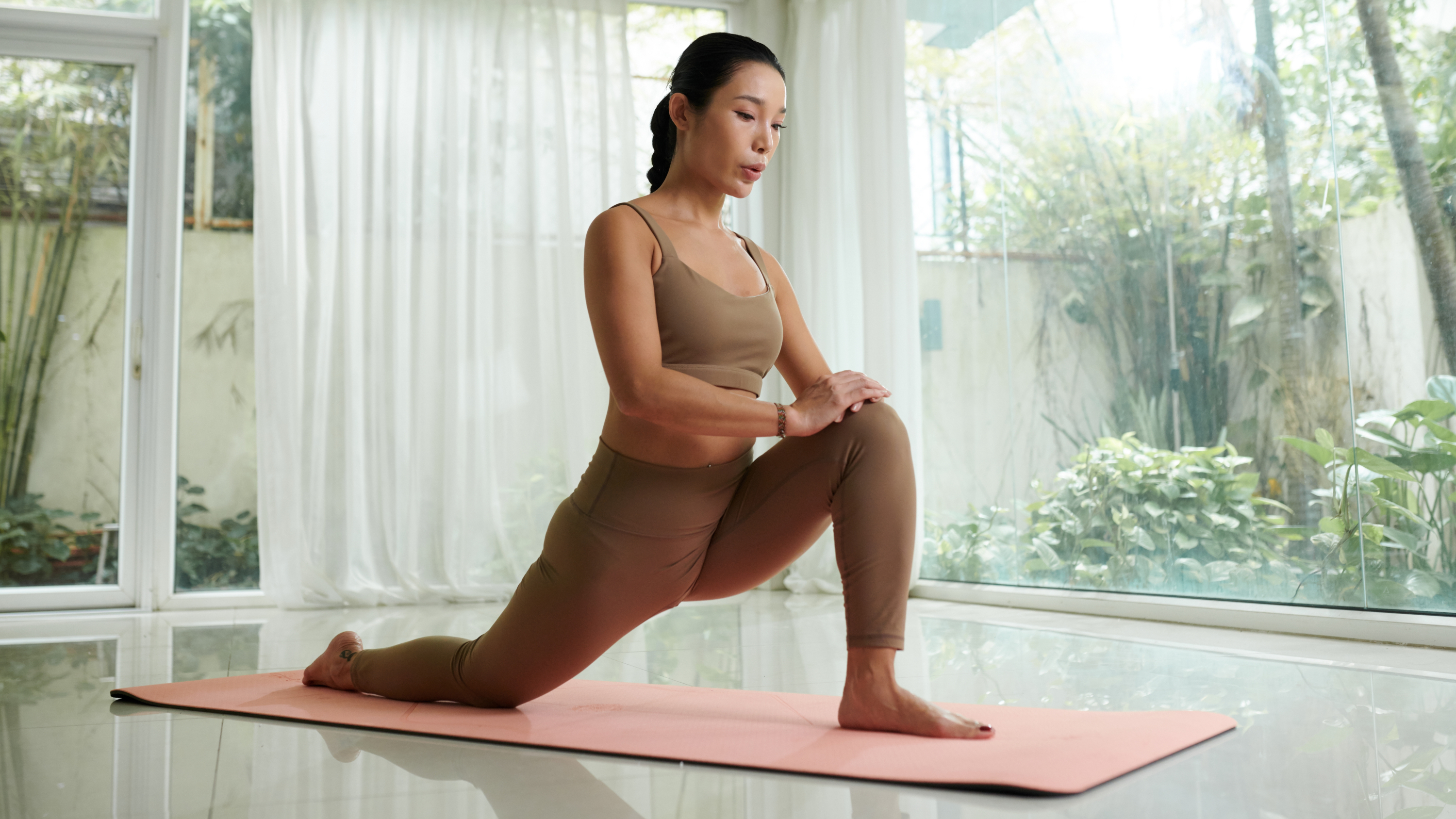Samsung's Galaxy Tab S8 Ultra isn’t the laptop replacement you’re looking for

The Samsung Galaxy Tab S8 Ultra is a beast of a tablet. All configurations are powered by Qualcomm's snappy new Snapdragon 8 Gen 1 chip, but the most decked-out model comes with 16GB of RAM and 512GB of internal storage. With those specs, the attachable Book Cover Keyboard and the tablet’s DeX mode, the Galaxy Tab S8 Ultra is effectively one of the best best Android tablets for getting work done. Because of that, Samsung has marketed the slate as a laptop replacement.
But can the Tab S8 Ultra actually become your next laptop? We previously examined how the Tab S8 Ultra could potentially be a laptop replacement, based on Samsung's promises. We also briefly touched on the topic in our Galaxy Tab S8 Ultra review. The tablet has many features that place it on par with traditional laptops, but there are also aspects preventing it from being the genuine article. As it turns out, answering this question isn’t as clear-cut as it was when we asked if the newly released iPad Air could replace your laptop.
This post will be an account of my experience using the Tab S8 Ultra as my primary work laptop for over a week. My goal here is to help you decide whether this product is right for you. Can the Tab S8 Ultra replace your laptop? Read on to find out.
Galaxy Tab S8 Ultra as a laptop: Is the screen big enough?
Most gaming and work laptops have 13- to 15-inch screens these days, and the Tab S8 Ultra’s massive (for a tablet) 14.6-inch (2,960 x 1,948 pixels) 120Hz display is in that range. Movies, TV shows and YouTube videos all look fantastic on the giant AMOLED screen. It’s also great for getting work done.

The expansive display size gave me plenty of space to place multiple windows where I needed them. It also made it easy to read even tiny text. Thanks to the 120Hz refresh rate, pages scrolled smoothly and apps opened quickly. Touch controls are also snappy and responsive.
I have nothing negative to say about the Tab S8 Ultra’s large display. It’s as good as – and in some cases, better than – any laptop screen I've ever tested.
Galaxy Tab S8 Ultra as a laptop: Is the Book Cover Keyboard comfy enough?
The Tab S8 Ultra can’t function as a very good laptop without an external keyboard like Samsung's Book Cover Keyboard peripheral. Setting aside its steep $349 asking price, it’s an essential tool that is mostly as good as a proper laptop keyboard.
Get instant access to breaking news, the hottest reviews, great deals and helpful tips.
I have large hands, so the spacious keyboard on the Book Cover was perfect for me. The accommodating size is the one thing this keyboard has over the Apple Magic Keyboard, which is a better product despite its small size. The keys on Samsung's keyboard provide a decent amount of feedback when pressed, though they feel somewhat fragile to me since I’m so used to mechanical keyboards. In some ways this makes the Tab S8 Ultra seem more like a laptop, as I have similar complaints about almost all laptop keyboards. Functionally, the Book Cover Keyboard for the Galaxy Tab S8 Ultra is a solid peripheral.

Like I said in my review, I’m not a fan of its flimsy kickstand. Unless you place the kickstand at the correct angle, the tablet will fall over on its face. This is unacceptable for such an expensive accessory. The Book Cover Keyboard for the Galaxy Tab S8, at least based on senior editor Alex Wawro’s review, seems to be a better-constructed peripheral that can properly support its tablet. Why the Tab S8 Ultra’s add-on is so sub-par confounds me.
Galaxy Tab S8 Ultra as a laptop: How good is DeX mode?
Samsung's DeX mode is designed to make its smartphones and tablets function more like a PC by altering the Android interface to resemble a Windows desktop. Like Windows, the app tray gets placed at the bottom left corner. Apps also get repositioned to the left side of the screen and you’re able to resize and move them how you see fit.
For the most part, DeX mode works as intended on the Galaxy Tab S8 Ultra. I was able to log into my work account on Google and use apps like Gmail and Google docs. But like using these same apps on the iPad Air via iPadOS, it takes some getting used to if you’re a Windows or macOS user. But DeX mode's similarity to Windows makes the adjustment process a bit smoother. In my experience DeX mode itself also runs quite smoothly, presumably due to the beefy hardware within the Tab S8 Ultra.

With that said, DeX mode (and Android in general) isn’t quite ready to take on Windows or macOS. Yes, the user interface is snappy and responsive, but it feels sluggish in comparison to those operating systems. And though DeX mode tries to emulate the desktop experience, it still feels like a tablet interface at its core. In most cases, I found it easier to scroll pages and make selections with my fingers rather than use the trackpad cursor.
A key feature of DeX mode is the way in which it makes it easier to manage connecting to and working on external displays. Connecting the Tab S8 Ultra to an external monitor via its USB-C port is a great feature, but it still doesn’t make using the tablet feel like a PC. DeX mode also gives you the option to use your Samsung phone or tablet as a touchpad in DeX mode, which is useful when using an external monitor – but if you’re going to go through all that to replicate the Windows/macOS experience, it's arguably wiser to just invest in a laptop instead.
Can the Galaxy Tab S8 Ultra replace your laptop?
The Galaxy Tab S8 Ultra's large screen, roomy keyboard and snappy interface could lead you to believe it's a laptop replacement. But for all its merits, the Tab S8 Ultra isn’t quite ready for that.
DeX mode isn’t terrible, but it's neither as easy to use nor as responsive as macOS and Windows. I’m sure DeX mode will get better over time, and may perhaps one day rival the likes of Microsoft and Apple’s operating systems, but that isn’t the case at the moment.
Then there’s the price, which will no doubt be the determining factor for most people. As I said in my review, the Tab S8 Ultra and Book Cover Keyboard together cost $1,500 at a minimum. You can instead buy the Asus Zenbook 13 OLED with an Intel i7 CPU, 16GB of RAM and 512GB SSD for $1,099 or the high-end Dell XPS 13 OLED with a Core i7 CPU, 16GB of RAM and a 1TB SSD for $1,800, which is close to what a maxed-out Tab S8 Ultra costs.
Unless you really like Android, the Galaxy Tab S8 Ultra shouldn’t be considered a laptop usurper. However, it’s still an awesome tablet that has earned a spot in our best tablets list due to its vibrant screen and powerful performance. The iPad Pro is still the better premium-end tablet, but the Tab S8 Ultra is very much worthwhile...it just won’t replace your laptop.

Tony is a computing writer at Tom’s Guide covering laptops, tablets, Windows, and iOS. During his off-hours, Tony enjoys reading comic books, playing video games, reading speculative fiction novels, and spending too much time on X/Twitter. His non-nerdy pursuits involve attending Hard Rock/Heavy Metal concerts and going to NYC bars with friends and colleagues. His work has appeared in publications such as Laptop Mag, PC Mag, and various independent gaming sites.
